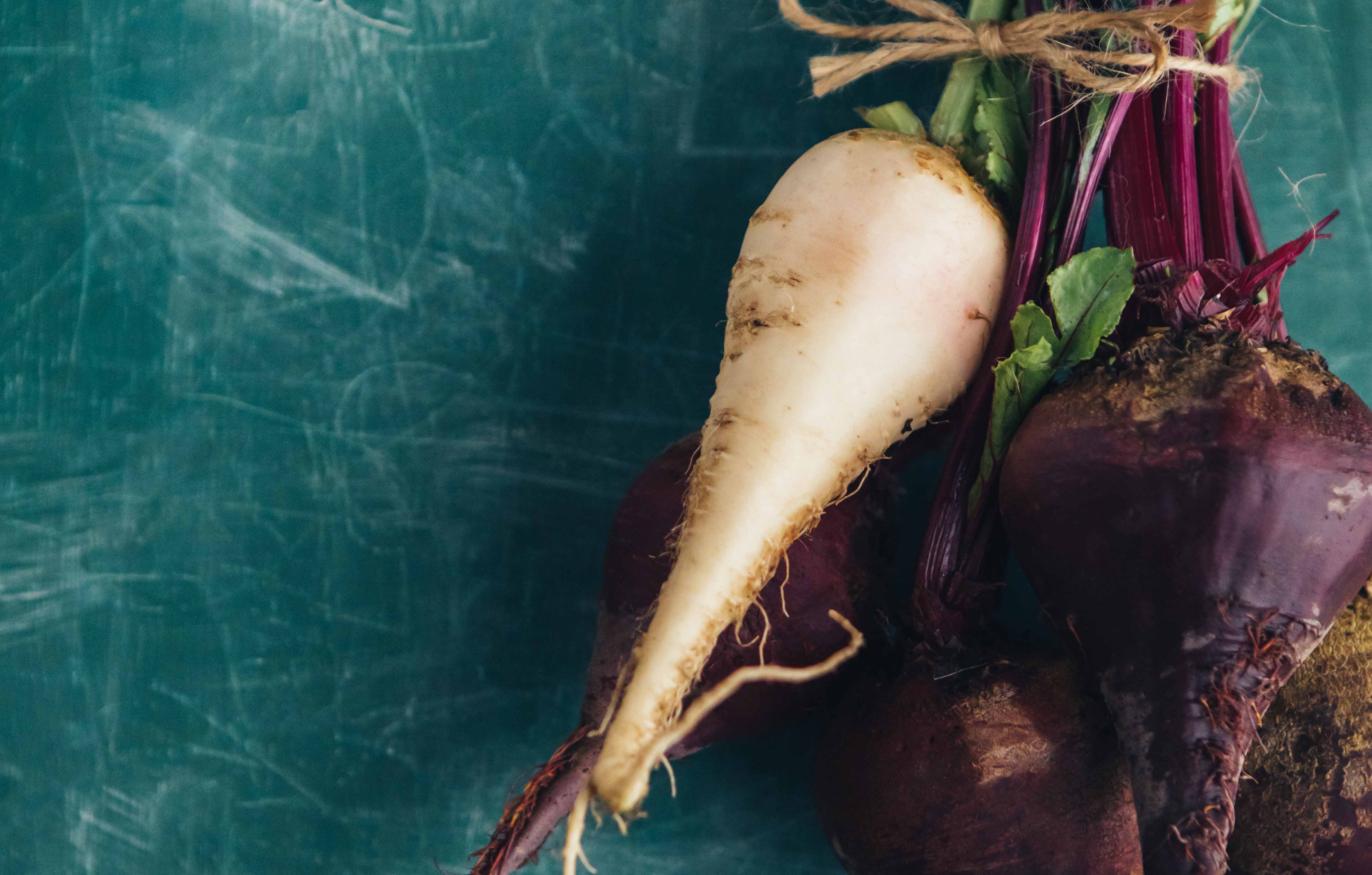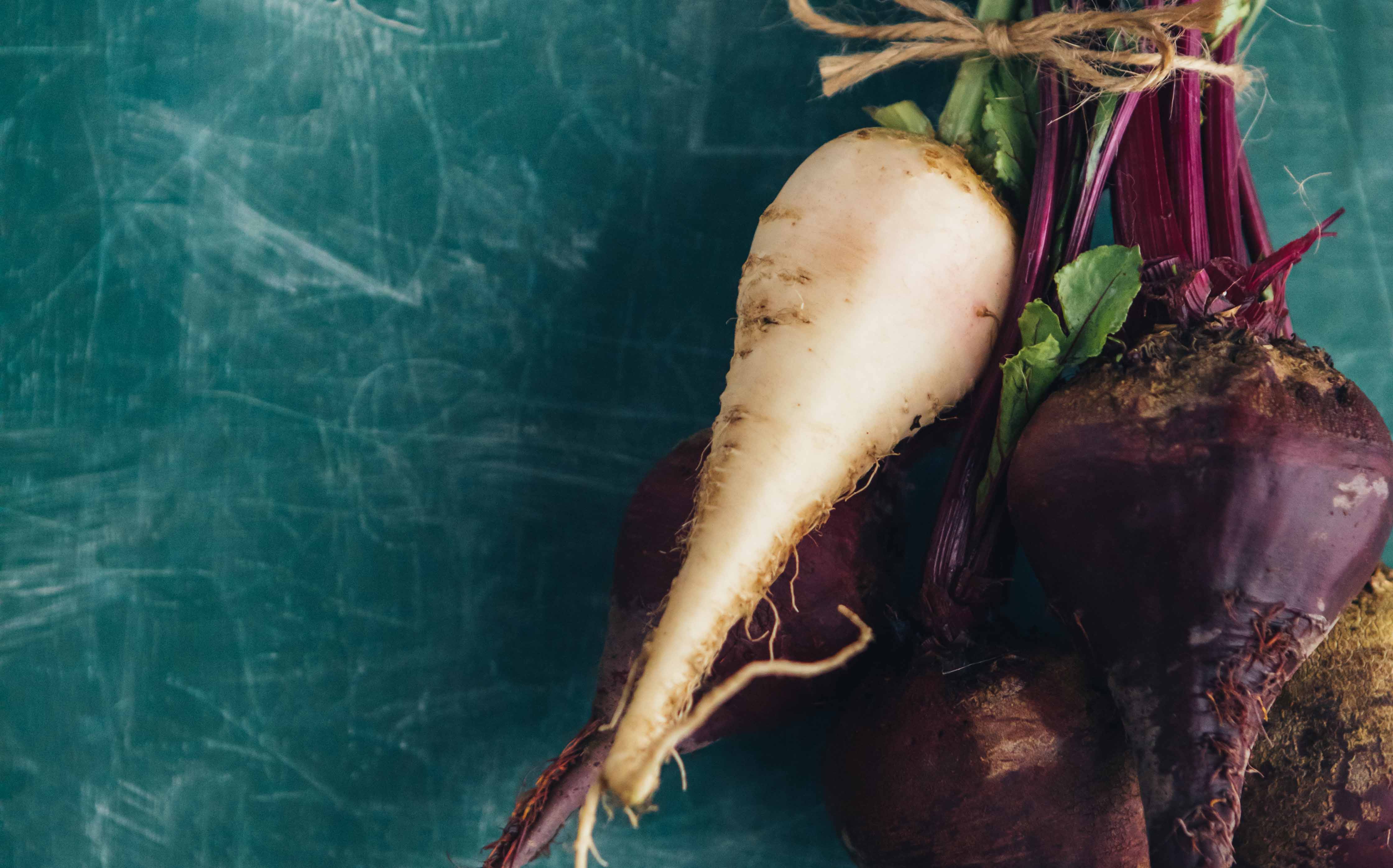

Set to be one of the hottest food trends of 2019, the no-waste cooking movement is one that is beneficial to the environment, your health, and your wallet. Unsure of where to start or how to cook without waste? These suggestions will inspire you to rethink your favourite recipes and the ingredients you traditionally use and may even leave you with a feeling of liberated elation next time you’re faced with a seemingly empty fridge.
Make a deeply flavourful broth
Making homemade broth and stock at home is an excellent way to get rid of many kitchen scraps at once and it couldn’t be easier to do. Begin by labelling large resealable freezer bags with the date and type of stock you’d like to make (for example, “beef bone broth” or “vegetable stock”). Use these bags to collect various kitchen scraps over the next couple of weeks or even months. Once the bag is full its contents can be added to a large stock pot, slow cooker or pressure cooker, covered with cold water and then simmered for 60 minutes to up to 24 hours (the use of a slow cooker for longer times keeps the process safe.) Use homemade stock immediately or bring to room temperature and freeze for up to 12 months.
- Collect leftover vegetable scraps from onions (including the skins), leftover sliced or roasted garlic, celery, carrots (do not include greens), fennel bulbs, mushrooms (including the liquid used for soaking dried mushrooms), and leeks.
- Chicken, beef, and pork bones produce an incredibly rich broth, especially when roasted for 40 minutes (stirring occasionally) in a very hot oven.
- Fish heads and bones, shrimp shells and lobster or crab bodies and shells can be used to make a delicate fish stock perfect for bisques, chowders, and bouillabaisse.
Rethink traditional pesto
Is your crisper drawer full of sad-looking greens destined for the compost heap? If the answer is yes and you own a food processor or high-powered countertop blender, you’re only 10 minutes away from delicious homemade pesto. To make a basic pesto you’ll need 2-3 cups of chopped greens, about 1 cup of grated cheese, olive oil, and a small handful of nuts or seeds.
- Parsley or cilantro ends and stems, wilted hearty greens (such as kale, Swiss chard, beet greens, and rapini), and limp salad greens will all work well for pesto. Give them a good wash in cool water and make sure they’re completely dry before using, removing any slimy leaves or thick stems before using.
- Grate up the ends of any firm cheeses you might have kicking around in your fridge; parmesan, pecorino, and extra-aged goudas all add a delicious creamy sharpness to homemade pesto.
Embrace “everything but the kitchen sink” casseroles
You can always count on a casserole to come to the rescue on nights when the fridge looks discouragingly bare. All you need is some sort of cooked grain or pasta, a couple of vegetable odds and ends, some protein, and something vaguely sauce-like to keep the whole thing together. Simply combine, pour into a casserole dish, top with whatever you have on hand and bake in a moderately hot oven for 30 to 45 minutes. You’ll have a hot, nourishing meal on the table in no time - you might even accidentally create a new family favourite!
- Leftover rice, quinoa or couscous all work well in casseroles (or, you could finally use up that small amount of uncooked grains that’s been sitting in the bottom of the bag for months.) Likewise, leftover pasta or an assortment of different uncooked pastas (check to make sure their cooking times are similar) can be used as a base for almost any casserole.
- The sky’s the limit when it comes to vegetables; a single carrot, a few wilted kale leaves, a half an onion, leftover mashed regular or sweet potatoes, some slightly mushy tomatoes, and bell pepper that’s past its prime can all be used to bulk up a casserole. You can always add frozen and canned vegetables to supplement if you’re truly short on ingredients.
- If you have any leftover poultry or meat from the week you can cut it into small cubes and add it to the other casserole ingredients. Those last few pieces of baked tofu can receive the same treatment, as can any bits of cheese or beans cooked earlier in the week.
- Use partially filled jars of pasta sauce, salsa and antipasti for tomato-based sauces (you can always add a small amount of water to small amounts of sauce and shake until it pours out easily.) Out of tomato sauce or looking to try something different? Leftover gravy, creamy soups, and hearty stews can also be used to bind casserole ingredients together.
Hold onto those parmesan ends
Authentic Parmigiano-Reggiano will have a small amount of hard, seemingly-inedible rind on one end which means it’s often thrown in the trash, a real tragedy when you consider the true potential of the humble parmesan rind! Store parmesan rinds in the freezer and use them whole in any recipe where an extra hit of umami would be appreciated (just be sure to remove the parmesan rind before serving). You’ll find that homemade broth or stock, risotto, minestrone soup, baked meatballs, meat sauce, and Italian chickpea soup are just some of the many dishes that benefit from the addition of a parmesan rind.
